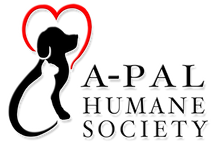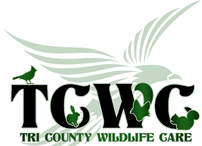July 2015 - the House Finch
|
Carpodacus mexicanus
House Finches are one of the most common birds seen in backyards. Some captive house finches were released near New York City in 1941 after failed attempts to sell them illegally as caged birds. As a result, they have spread rapidly across the United States and Canada. The population in North America is estimated between 267 million and 1.4 billion individuals. You can’t miss these guys! New birders often have a hard time identifying small, brown birds. So many songbirds fit into this category that birders have named them “LBJ’s” or “Little Brown Jobs”. House finches pose identification problems since males and females do not look alike. This is called dimorphism. Male House Finches commonly have red feathering on their head, breast and rump. The female is a plain streaky brown. To complicate identification even more, once in a while, you will see a house finch with yellow or orange feathering. They acquire this coloration from pigments, known as carotenoids, in the plant foods they eat as do most birds with red, orange or yellow pigmented feathers. The bright coloring indicates a better diet and these are more likely to mate and have offspring. House Finches are strictly vegetarian eating a variety of seeds, buds, fruits and many green plants. They are one of the rare birds to feed their nestlings only plant foods. These are very social birds and form flocks of dozens or even hundreds. Rarely do you see just one. They commonly feed at your backyard feeders or in weedy lots. They consume seeds from wild mustard, knotweed, thistle and many more. Stock your feeders with black oil sunflower seeds, millet and milo and their short, thick bills will consume as many seeds as you put out and fill your garden with their jumbled song. Keep your feeders clean! Every one or two weeks, wash your feeders in soapy water, and disinfect them with a 10% bleach solution (one part bleach to nine parts water). House finches are very susceptible to conjunctivitis or pink eye. Just like in humans, it is very contagious. Keeping your feeders clean will help these “little brown jobs” stay healthy. |
Learn More!
|

